Contents
Guide

First published 2020
The History Press
97 St Georges Place, Cheltenham,
Gloucestershire, GL50 3QB
www.thehistorypress.co.uk
Susan McGowan, 2020
The right of Susan McGowan to be identified as the Author of this work has been asserted in accordance with the Copyright, Designs and Patents Act 1988.
All rights reserved. No part of this book may be reprinted or reproduced or utilised in any form or by any electronic, mechanical or other means, now known or hereafter invented, including photocopying and recording, or in any information storage or retrieval system, without the permission in writing from the Publishers.
British Library Cataloguing in Publication Data.
A catalogue record for this book is available from the British Library.
978 0 7509 9126 1
Typesetting and origination by The History Press
Printed and bound in Great Britain by TJ International Ltd.


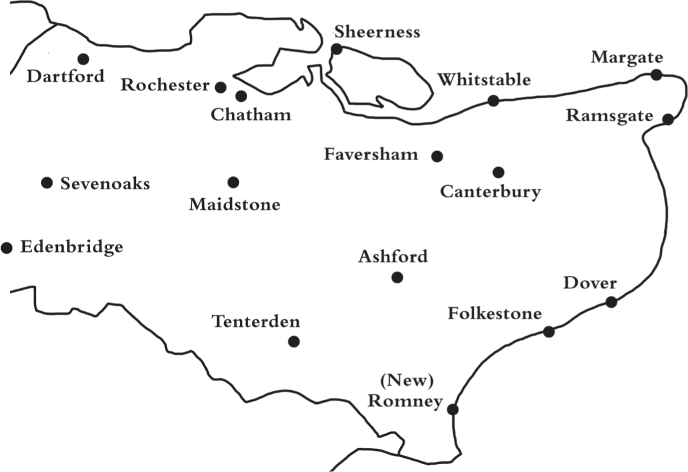

The first man to step onto British soil found himself in Kent, which makes this the oldest inhabited land in the country. For hundreds of thousands of years, man has lived, worked, loved and played on the slopes of the chalky Downs, in the rich forests and on the salt-flecked beaches. He has had time to reflect upon the nature of existence, come to terms with his mortality and look to the future. In doing so, the Men of Kent and the Kentish Men (and Maids!) have created a rich history, in legend and in fact.
We look to the future with our power stations and wind farms, but we also cling to many of our ancient customs and create new ones as we go.
Included in this book are just a few of the odd and fantastic stories about people and places in the county, reminding us that there are many, many things that cannot, and might never be, explained.
My particular thanks go to Christine Selby for her continued support and meticulous proofreading. As ever, all mistakes are my own.

ALLUVIA: BODIES IN THE RIVER
An unwary tourist crossing the Westgate Bridge in Canterbury might be shocked to see two female figures submerged in the water. Depending on the time of day and the season of the year, the figures float serenely amongst the weeds and algae or glow eerily in the gloom.
Luckily, the figures are not the remains of murder or suicide, but are modern sculptures entitled Alluvia, created in cement and recycled glass resin by artist Jason deCaires Taylor. Referencing the painting of Ophelia by John Millais, the sculptures were installed in 2008 and draw continued interest from locals and visitors alike.
AMAZING ESCAPE AT THE METHODIST TEA: THE FATE OF A BELGIAN AEROPLANE
Nothing could have prepared the women who attended the Anniversary Tea at Sellindge Methodist Chapel on Wednesday, 1 June 1938 for the events of that afternoon. As the 100-strong group celebrated, they witnessed one of the most dramatic events in the history of the village. They heard the engine of an aeroplane overhead and then a terrible noise that sent shivers down their spines. A Belgian airliner had crashed into the roof of a house opposite and then into the chapel where they sat.
Amazingly, both the pilot and his radio operator the only people on board stepped out of the wreckage unhurt and joined the party, accepting refreshment from the stunned women of the group while they waited for assistance.
AMBER: THE FORGOTTEN GEM OF THE KENTISH SHORELINE
The graves of Saxon lords and ladies in Kent are littered with golden nuggets of amber, returning to the ground from whence they came. Amber is the fossilized resin of long-dead forests, taken by the sea and deposited on our coastline. Those pieces with a tiny portion of leaf or an insect captured inside are especially prized.
It is interesting to note that although the amber found in ancient graves is generally dark or red coloured, the amber found naturally occurring in Kentish soil is paler, with a distinctly yellowish tinge.
Once common in Thanet and along the north Kent coast, amber is now only rarely found on our shores, despite the fact that we have one of the longest coastlines of any county in the UK. Keep looking, though, and you may find a forgotten gem.
ARDEN OF FEVERSHAM: A LOST PLAY BY WILLIAM SHAKESPEARE
The play Arden of Feversham was written in 1592, and even after 500 years, nobody knows the name of the playwright. Many people think it was William Shakespeare, or was a collaboration between Shakespeare, Christopher Marlowe, and (possibly) other authors.
One thing is certain: Thomas Arden did live in Faversham, and was murdered by his wife and her lover. The crime happened in 1551, and it has been widely repeated in documents of the day and in books such as The Newgate Calendar, a work of 1795 which was the nineteenth-century equivalent of a docu-drama.
The plot of the play is simple, and faithfully follows the facts of the case: Alice Arden wanted to get rid of her husband so that she could marry her lover Richard Mosby. The events unfolded like a black comedy, with Arden refusing to drink the poisoned milk he was offered, and surviving a strangling attempt, a blow to the head and a cut throat, before he was repeatedly stabbed to death. Tales of a body concealed in a cupboard while guests were entertained nearby, a botched attempt to hide the corpse, and a trail of bloody footprints, make the whole affair seem like a farcical comedy sketch, but Arden was indeed murdered, and his killers were eventually brought to justice.
We know that Shakespeare often drew on historical stories for his plots, and London is not so far from Faversham. Perhaps he did collaborate with Kentish man Kit Marlowe, or with another playwright. Scholars point to the many linguistic similarities to Shakespeares work, not least the reference to Alice Arden trying to scrub the blood from her floor: The blood cleaveth to the ground and will not out. There is even a character called Shakebag in the play.
The killer of poor Thomas Arden was found, but unless further evidence comes to light, the author of the play Arden of Feversham may never be discovered.
ASHFORDS TANK: A WAR MEMORIAL WITH A DIFFERENCE
It is curious to see the tank in Ashford, safe beneath a protective canopy and surrounded by shoppers, when her battle history was so brutal it is a contrast that is hard to comprehend.

First World War tank in St Georges Square, Ashford.

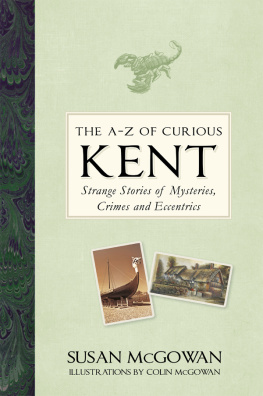




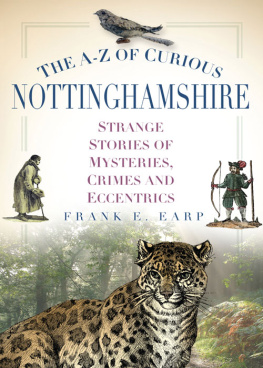
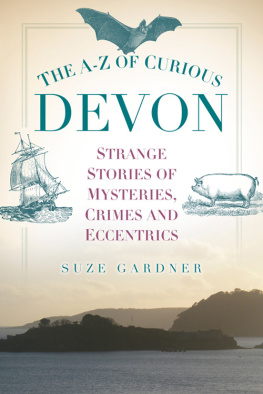
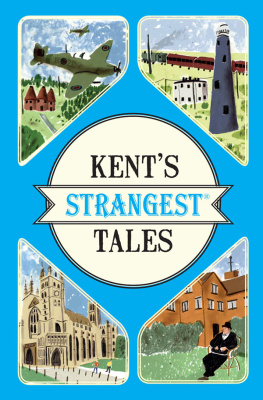
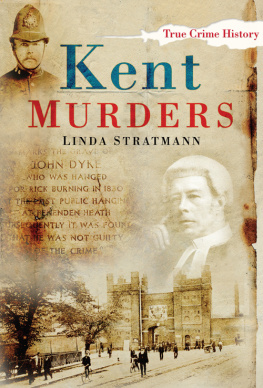
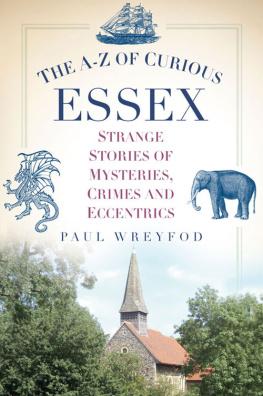
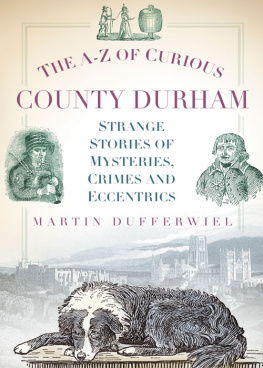








 First World War tank in St Georges Square, Ashford.
First World War tank in St Georges Square, Ashford.